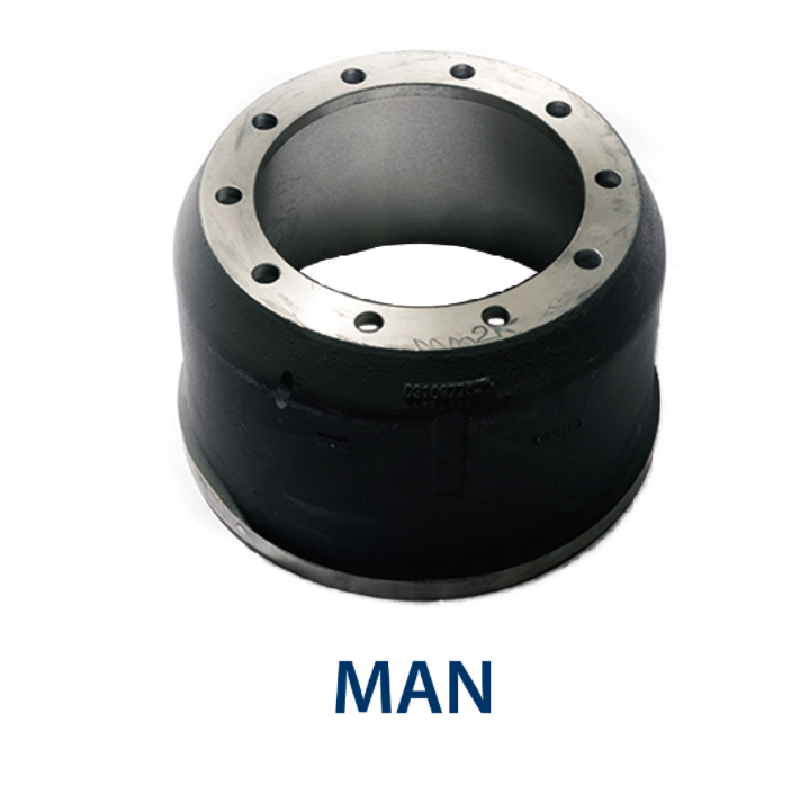Nov . 20, 2024 17:10 Back to list
brake drum for truck
Understanding Brake Drums for Trucks Essential Components for Safety and Performance
In the world of heavy-duty vehicles, safety and performance are paramount. One crucial component that plays a significant role in ensuring these qualities is the brake drum. Brake drums are vital in the braking system of trucks, responsible for slowing down and stopping the vehicle safely. This article delves into the key aspects of brake drums for trucks, their functions, types, and maintenance.
What is a Brake Drum?
A brake drum is a cylindrical component of a drum brake system that houses the brake shoes. When the driver applies the brakes, the brake shoes expand outward against the inner surface of the drum, creating friction that slows down the vehicle. The effectiveness of this system is critical, especially for trucks, which often carry heavy loads and require reliable braking performance.
The Importance of Brake Drums
For trucks, the effective functioning of brake drums is essential due to the vehicle's size and weight. The heavier the load, the more friction and heat are generated during braking. Thus, brake drums must be designed to withstand high temperatures and repeated use without warping or failing. A well-maintained brake drum contributes to the overall safety of the truck, preventing accidents and enhancing the driver's control over the vehicle.
Types of Brake Drums
There are several types of brake drums used in trucks, each designed to meet specific performance criteria
1. Cast Iron Drums Most common in heavy-duty trucks, cast iron drums are durable and can absorb heat effectively. They provide excellent stopping power but can be prone to cracking under extreme conditions.
2. Aluminum Drums These are lighter than cast iron drums, making them a popular choice for optimizing fuel efficiency. However, aluminum drums may not handle high temperatures as effectively as their cast iron counterparts.
brake drum for truck

3. Composite Drums Made from a combination of materials, composite drums aim to balance weight, performance, and thermal resistance. They are becoming increasingly popular in modern trucking applications.
Each type of brake drum has its advantages and disadvantages, and the choice largely depends on the specific use case of the truck.
Maintenance and Replacement
Regular maintenance of brake drums is crucial for the safety and efficacy of the braking system. Here are some essential maintenance tips
- Inspection Regularly check the condition of the brake drums for signs of wear, such as cracks or grooves. Uneven wear can lead to compromised braking efficiency.
- Resurfacing If the drums show wear but are not severely damaged, they can often be resurfaced to restore a smooth braking surface.
- Replacement If the drums are significantly worn or damaged, replacement is necessary. It's essential to replace them in pairs to maintain balanced braking performance.
- Brake Shoe Replacement When replacing brake drums, it's also a good practice to replace the brake shoes simultaneously to ensure optimal contact and performance.
Conclusion
Brake drums are a critical component of a truck's braking system. Understanding their function, types, and maintenance requirements is vital for truck drivers and fleet managers alike. By ensuring that brake drums are well-maintained and replaced when necessary, truck operators can enhance safety, improve performance, and extend the lifespan of the braking system. Ultimately, investing time and resources into brake drum care translates into safer roads for everyone.
-
HINO Industrial Solutions - ¡Ң���ຽ��е��������˾ | Advanced Efficiency&Customization
NewsJul.13,2025
-
HINO Industrial Efficiency Solutions - ¡Ң���ຽ��е��������˾
NewsJul.13,2025
-
HINO Industrial Solutions - ¡Ң���ຽ��е��������˾ | Advanced Technology&Reliability
NewsJul.13,2025
-
HINO Industrial Efficiency-Jiangsu Hino Industrial|Productivity Optimization&Cost Reduction
NewsJul.12,2025
-
HINO-¡Ң���ຽ��е��������˾|Advanced Industrial Solutions&Energy Efficiency
NewsJul.12,2025
-
Premium Brake Drum Iveco – Durable Drum Brake Drum & Brake Shoe Solutions
NewsJul.08,2025
